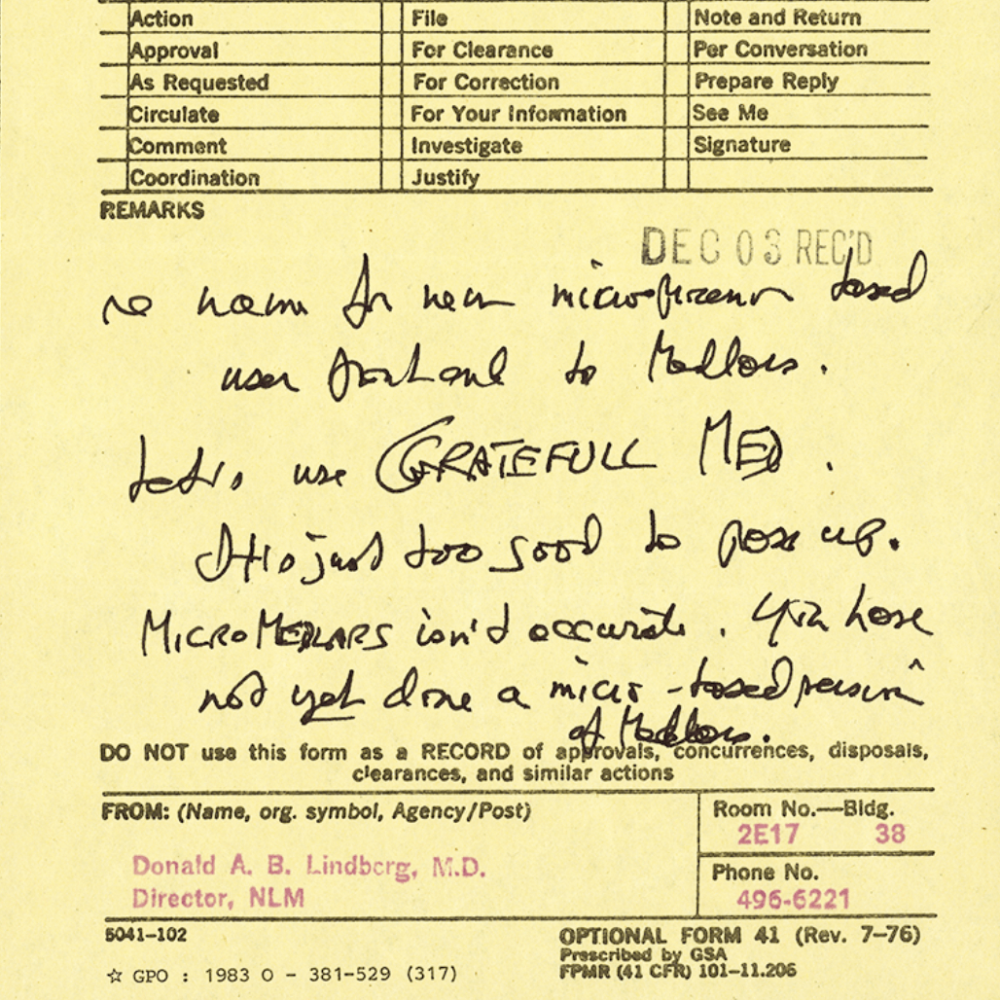
This is a cross-post from my LinkedIn newsletter. Feel free to join the conversation there or post your thoughts in the comments below.
The U.S. National Library of Medicine’s PubMed indexes over 36 million biomedical research abstracts – a searchable trove of evidence that has been available to the public since 1996. It is both a national treasure and a global health resource.
But the history of public access to research goes back even further, to 1984, when Donald A.B. Lindberg, MD, was newly appointed to his role as the director of the National Library of Medicine (NLM). In those days, anyone who wanted to dig into the medical literature would need to visit a physical library and ask a librarian for help. Lindberg foresaw the potential of the digitization of medical journals and ordered the development of a new software program that would require minimal training to use.
A crucial choice was what to name this new tool. “NLMSEARCH” was one straightforward suggestion but Lindberg chose the memorable “GRATEFUL MED” because, as he wrote in a memo, “It is just too good to pass up.”
While Grateful Med was initially envisioned as a resource for clinicians, developers did not lock out laypeople. Indeed, when the public rushed in, they were welcomed.
Medical librarians helped train people working in public libraries about how to take full advantage of PubMed’s search functionality, further democratizing access to NLM’s databases.
Lindberg and all those who worked on Grateful Med are champions of the patient-led revolution in health and health care. Since its launch in 1986 and its conversion to PubMed in 1996, millions of people all over the world have been able to do their own research, for themselves or for their loved ones.
Image: Memo in which U.S. National Library of Medicine Director Lindberg picked the name “Grateful Med” (1985).
Leave a Reply